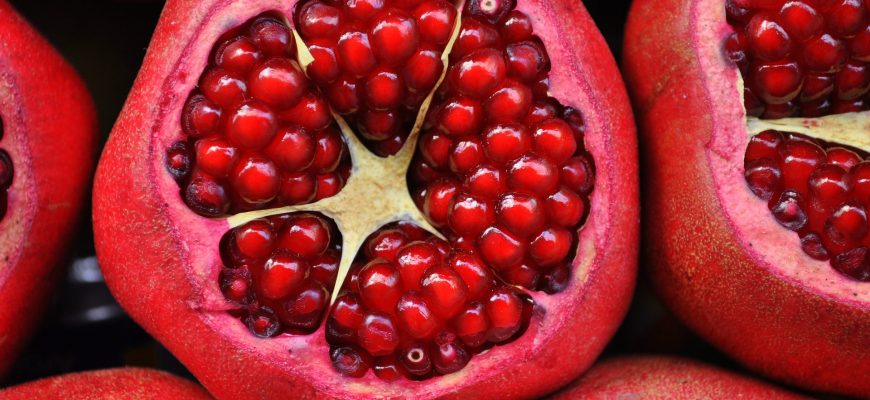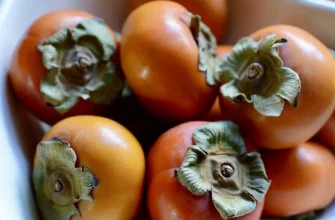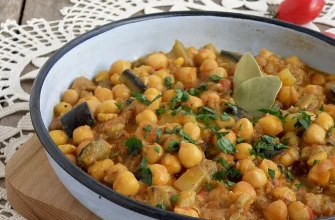He wants reasons to have a pomegranate tree (Punica granatum, L.)? For know that, since antiquity, the pomegranate symbolizes love, passion, the sacred, union, prosperity, birth, death, life and immortality.
It’s no wonder that many people, but many people, appeal to its power at the turn of the year.
That’s one more reason to have your own pomegranates: not having to venture into crowded supermarkets in search of the call lucky fruit.
And there’s more: see the long list of health benefits below.
But before, click here to receive a free recipe for a natural defensive to help with cultivation.
Also take the opportunity to receive free seeds through our Semente Viva Project. Click here to learn more.
- 1. What are the health benefits of pomegranate?
- 2. How is the pomegranate tree?
- 3. Does a pomegranate tree like the sun?
- 4. How do you plant a pomegranate tree?
- pomegranate planting
- 5. How to plant a pomegranate tree in a pot?
- 6. How to take care of the pomegranate tree?
- 7. How long does it take a pomegranate tree to bear fruit?
1. What are the health benefits of pomegranate?
Pomegranate is a fruit rich in minerals such as phosphorus, potassium, sodium, calcium and iron.
This delight also has therapeutic properties such as diuretic, vermifuge and antiseptic.
For this reason, it is indicated, both in the form in natura and in syrup and teas, for sore throats and gums.
Its juice is indicated for colic and intestinal diarrhea.
But it doesn’t stop there: pomegranate has antioxidant properties and is considered important in the treatment of ulcers, ear pain and leprosy.
In addition, pomegranate is the subject of studies for the prevention of cancer, coronary heart disease, heart disease, ischemia, aging, brain disorders, liver damage and AIDS. Ufa!
If to summarize, it can be said that the pomegranate is pure power.
2. How is the pomegranate tree?
The pomegranate tree is a tree with a more or less rounded crown, thin, with an erect trunk and full of branches covered with thorns.
And how long does a pomegranate tree grow? He is usually 2 to 5 meters tall. So plan your space well to plant it, especially in urban areas, considering electrical wiring.
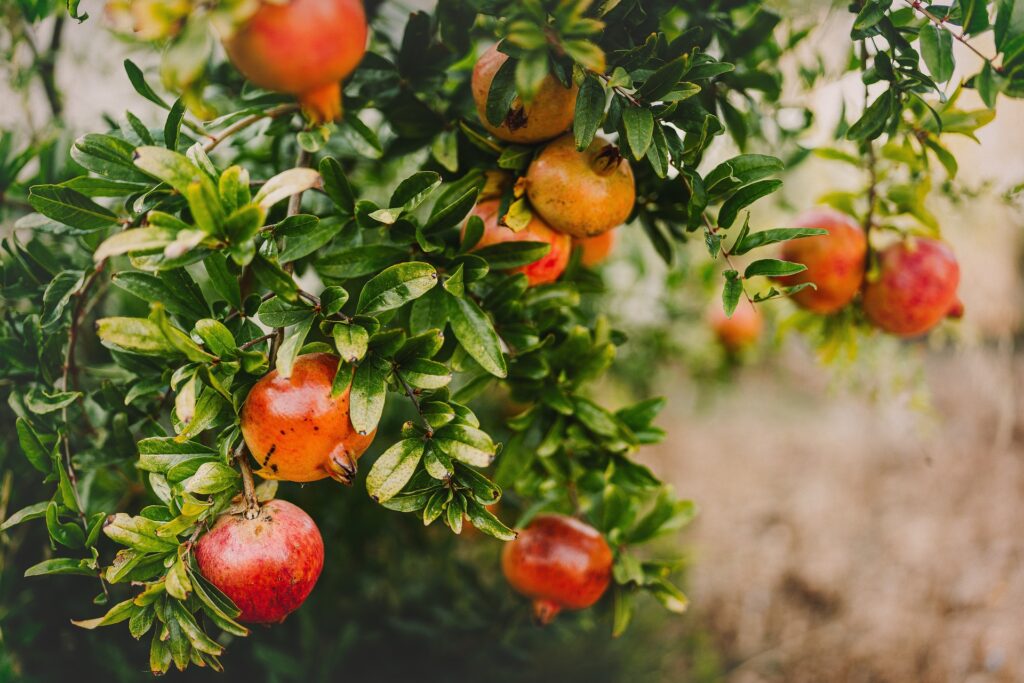
3. Does a pomegranate tree like the sun?
Yes, the pomegranate tree must always be grown in full sun.
However, know that the pomegranate tree adapts well to tropical and subtropical climates and also to temperate and Mediterranean ones.
It even resists low winter temperatures, although it is sensitive to late spring frosts.
4. How do you plant a pomegranate tree?
You can make pomegranate seedlings with seeds or with techniques such as cuttings, grafting and air layering.
If you choose seeds, sow them in styrofoam trays (using one seed per cell) or reuse materials you already have at home, such as toilet paper rolls or cut and pierced PET bottles.
Now, if you are going to make seedlings by cuttings, choose juvenile branches from adult plants, cutting them with pruning shears. Then wash them with water and soak them in a 2% sodium hypochlorite solution for five minutes.
Then pattern the cuttings, making them 15 cm long and 4 to 5 cm in diameter.
Finally, remove the leaves and place them to root in polyethylene bags measuring 20×25 cm, containing substrate consisting of: three parts washed sand, 1 part commercial substrate for fruit seedlings and 1 part tanned cattle manure.
If you are going to make the seedlings by grafting, use the grafting technique. Learn more in our complete content on the topic.
If you opt for layering and want to know how it’s done, check out the step by step in the text on planting lychee.
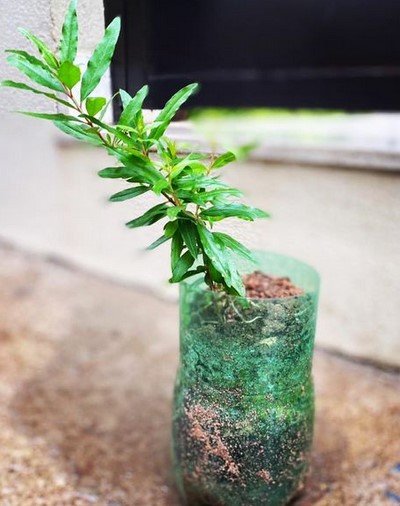
pomegranate planting
With the seedlings ready (about 1 year old), let’s get our hands dirty! And know that the pomegranate tree can be grown in a wide variety of soils. Due to its rusticity, the pomegranate tree tolerates a certain degree of salinity, droughts and also waterlogging.
And when is the best time to plant pomegranates? Bare root seedlings should be planted in the winter and clod seedlings can be planted all year round.
About 60 days before planting, dig holes 2 spans wide, 2 spans long and 2 spans deep.
The spacing between plants and between rows should be 4 to 6 meters each.
Then mix the top soil with compost (about 10 liters of cured barnyard manure or 3 to 4 liters of chicken manure, compost and ash).
At the time of planting, place this mixture and the seedling so that the level of the collar of the plant or the root ball is at the same level or 5-10 cm above the soil level.
Afterwards, complete with the earth from below, making a basin around the plant, in order to avoid voids and to fix the seedling well.
Finally, pay attention to irrigation and place a 1 to 1.5 m stake, which must remain there during the first two years, to prevent the plant from tipping over.
After planting, the ideal is to use a rooter to speed up sprouting. Meet our SV Colecta.
5. How to plant a pomegranate tree in a pot?
If planting in a pot, choose one that is at least 50 cm in diameter and 50 cm deep (about 100 liters).
And mix the following ingredients to make this standard recipe suggested by Embrapa Hortaliças to prepare the soil:
Ingredients (inputs)
- 50 liters of virgin land (ravine land);
- 100 grams of dolomitic limestone or hydrated lime;
- 17 liters of chicken manure or 34 liters of cattle manure;
- 200 grams of rock thermophosphate or bone meal;
- 200 grams of organic compost.
Attention: bone meal (or rock thermophosphate) and organic compost are optional, but leave the soil much more enriched. Click here and see the step by step to make a compost bin.
Just like planting in the ground, finish by placing a stake tied to the seedling with plastic or string to serve as a tutor.
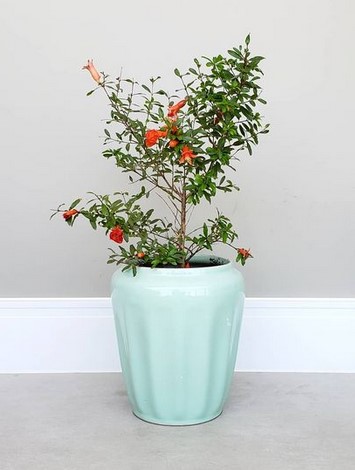
6. How to take care of the pomegranate tree?
When caring for the pomegranate tree, it is important to prune it in order to favor the opening of the center of the plant.
Preferably use a mulch with dry straw to maintain soil moisture. However, leave 5 cm from the neck of the plant without the straw, in order to avoid fungus attack due to excess humidity.
In addition, when caring for the pomegranate tree, carefully control weeds. For this, a simple hoe will do the job.
Do everything very carefully so as not to injure the plants, as they can become the entry point for disease-causing agents.
If they appear, use a natural insecticide for control. Click here and receive 3 neem-based recipes for free.
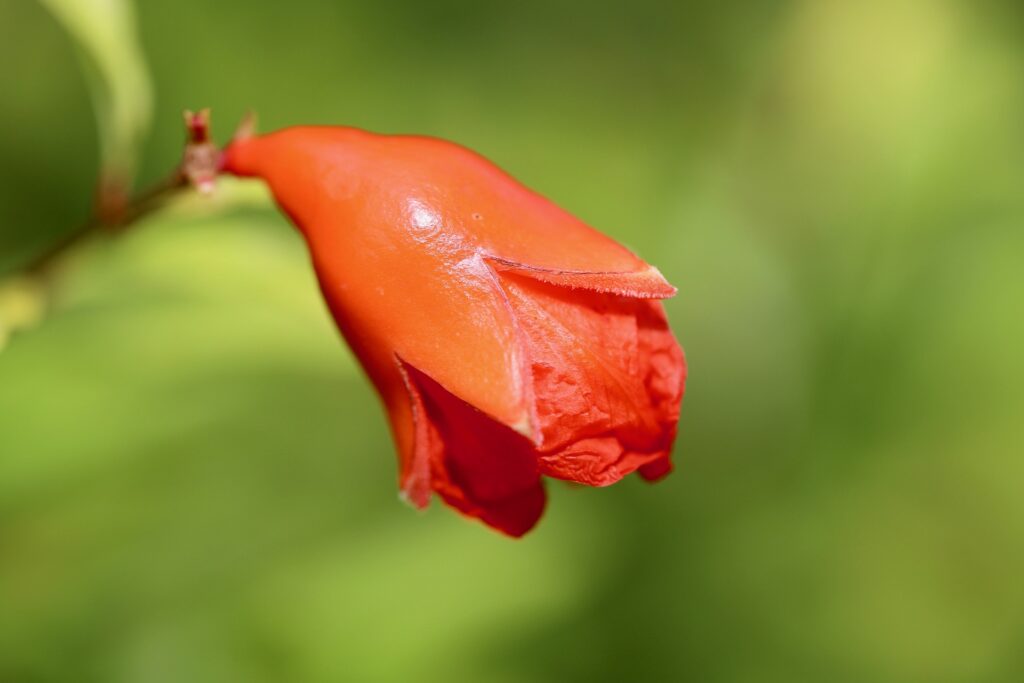
7. How long does it take a pomegranate tree to bear fruit?
In seedlings made by techniques such as air layering, grafting and cuttings, pomegranate trees take only two years to start bearing fruit, although the volume of fruit is greater from the fifth year onwards.
Pomegranates ripen 5 to 6 months after fruiting and you should wait this time to harvest them as they don’t ripen off the tree.
Carry out the harvest in the morning, with the help of pruning shears.
Generally, two or three harvests are made per season, as flowering is staggered, that is, it does not happen all at once.
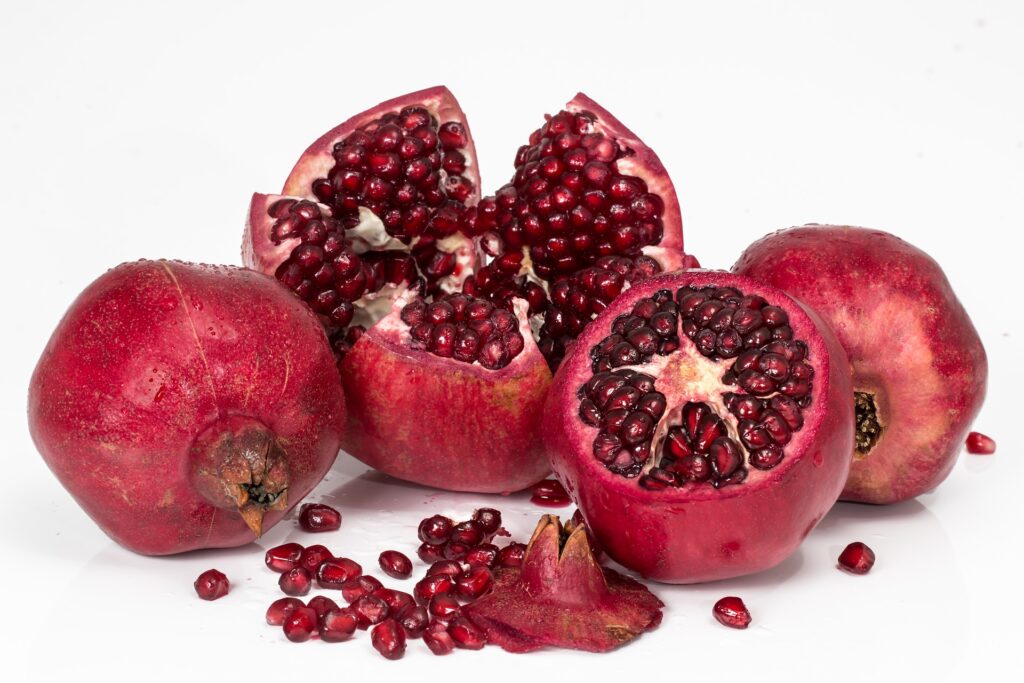
Did our tips make sense to you? Was there any doubt? Click here and receive a consultancy focused on your needs. Let’s make a successful cultivation together!
And keep accompanying us! To the next!
Read too:
Strawberry: everything you need to know about growing
Habanero pepper: how to plant
References
Technical aspects of pomegranate cultivation. UFFS
Cultivation of fruit plants.
Fruit growing: fundamentals and practices
Pomegranate. Brazilian Institute of Forests.
The post Pé de pomegranate: 7 questions and 7 answers appeared first on Safra Viva.
